1. Acadia National Park, Maine
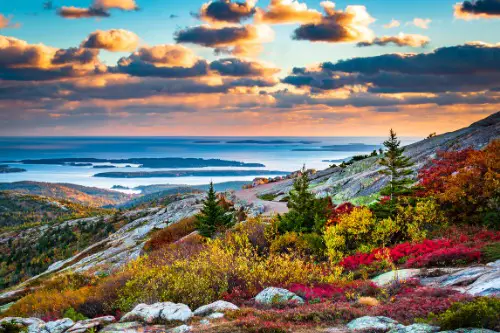
For a perfect mix of ocean views and rugged hiking, Acadia National Park delivers in spades. Located on Maine’s Mount Desert Island, this park blends forested trails with rocky shorelines and panoramic mountaintop vistas. Cadillac Mountain is the star attraction, offering one of the first places in the U.S. to see the sunrise. But beyond that, the park’s famous carriage roads provide excellent biking opportunities through the picturesque landscape.
What makes Acadia stand out is its accessibility—it’s a park where you can hike a mountain in the morning and eat fresh lobster by the harbor in the afternoon. The Beehive Trail is a short but thrilling climb with iron rungs bolted into sheer rock faces. If you prefer something more relaxed, Jordan Pond offers a scenic walk with stunning reflections of the surrounding peaks. And don’t forget to explore the tide pools along the coastline, where you can spot crabs, starfish, and other marine life.
2. Glacier National Park, Montana
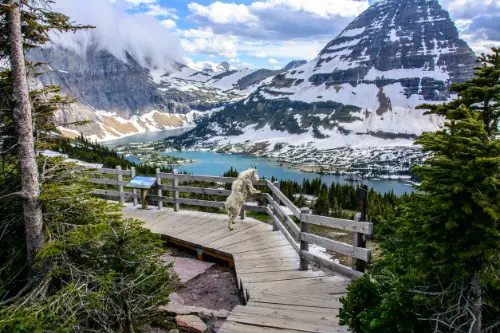
If you’re looking for jaw-dropping mountain scenery, Glacier National Park should be at the top of your list. Known as the “Crown of the Continent,” this park features more than 700 miles of hiking trails through alpine meadows, deep forests, and rugged peaks. The famous Going-to-the-Sun Road offers a breathtaking drive that cuts through the heart of the park, with epic viewpoints at every turn. While climate change is sadly shrinking the glaciers, the park’s wildlife—grizzly bears, mountain goats, and moose—still thrives.
But the real reason to visit is for the untouched wilderness and sheer solitude you can find here. Unlike the always-busy Grand Canyon, Glacier has plenty of quiet corners where you can truly connect with nature. Take a boat ride on Lake McDonald or hike to Grinnell Glacier for one of the most stunning views in North America. And if you’re up for a challenge, the Highline Trail is an unforgettable trek along towering cliffs.
3. Great Smoky Mountains National Park, Tennessee & North Carolina
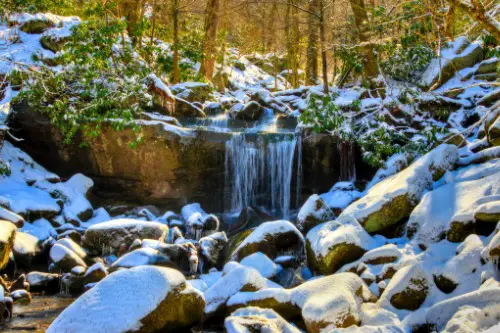
Straddling the border between Tennessee and North Carolina, the Great Smoky Mountains National Park is the most-visited park in the U.S. It’s easy to see why—lush forests, rolling mist-covered mountains, and an incredible variety of plant and animal life make this park feel alive. The Cades Cove loop is a must-do, offering scenic drives with a high chance of spotting black bears and deer. And for hikers, the Alum Cave Trail to Mount LeConte provides breathtaking views and unique rock formations.
What sets the Smokies apart is its deep history and Appalachian culture. The park is dotted with old log cabins, mills, and churches from early settlers, making it feel like a step back in time. The synchronized fireflies in early summer are a magical phenomenon you won’t see anywhere else. And unlike some remote national parks, this one is free to enter, making it an easy choice for any traveler.
4. Olympic National Park, Washington
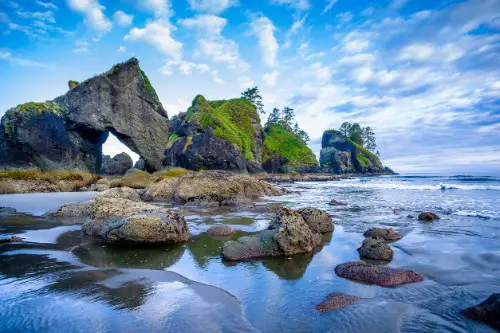
Few parks pack as much variety into one space as Olympic National Park. Within its borders, you’ll find rugged Pacific coastline, moss-draped rainforests, and glacier-capped mountains. The Hoh Rain Forest is a must-see, with towering trees draped in thick green moss and a peaceful, almost otherworldly atmosphere. Then there’s Hurricane Ridge, where you can take in sweeping views of the Olympic Mountains and even spot mountain goats.
If you’re a fan of beaches, Rialto Beach offers dramatic sea stacks and tide pools filled with marine creatures. Olympic also boasts some of the darkest night skies in the country, making it a prime spot for stargazing. Wildlife is everywhere here, from Roosevelt elk wandering the forests to sea otters bobbing in the waves. It’s a park where you can surf in the morning and hike through snow in the afternoon.
5. Bryce Canyon National Park, Utah
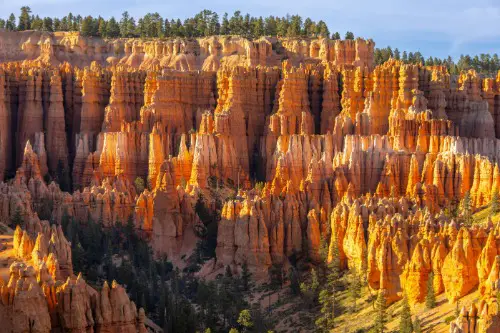
Bryce Canyon might not be as famous as the Grand Canyon, but its unique landscape is just as awe-inspiring. The park is home to the world’s largest collection of hoodoos—tall, thin rock spires formed over millions of years by erosion. Sunrise Point and Sunset Point offer some of the best views, especially when the rocks glow in shades of red and orange. The Navajo Loop Trail takes you down into the maze of hoodoos for an up-close experience.
Bryce is also one of the best places in the country for stargazing, thanks to its high elevation and lack of light pollution. The Milky Way is often visible with the naked eye, making night hikes here extra special. The park’s small size means you can see a lot in just a day, but it’s worth lingering to soak in the surreal beauty. And if you visit in winter, the contrast of snow on the red rocks is absolutely breathtaking.
6. Denali National Park, Alaska
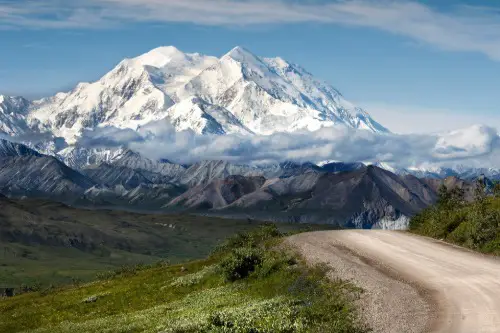
If you’re looking for true wilderness, Denali National Park is as wild as it gets. Covering over six million acres, the park is home to North America’s tallest peak, Denali, which towers at 20,310 feet. Unlike other parks, there are very few maintained trails—visitors are encouraged to explore off-trail, making for a truly immersive experience. Wildlife here is abundant, with chances to see grizzly bears, wolves, caribou, and Dall sheep.
The Denali Park Road is the only way to access most of the park, and it offers stunning views at every turn. In summer, visitors can take a shuttle bus deep into the park, with plenty of opportunities to spot wildlife. If you’re lucky, you might even catch a glimpse of the northern lights on a clear night. Whether you’re hiking, rafting, or simply soaking in the vast, open landscapes, Denali is pure adventure.
7. Yosemite National Park, California
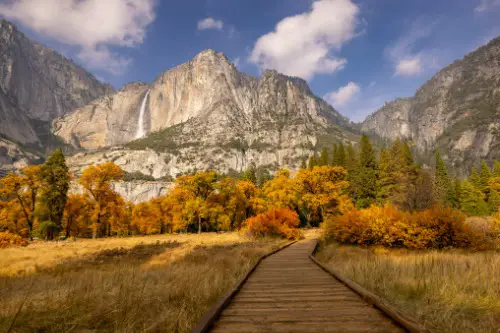
Yosemite National Park is home to some of the most famous landscapes in the country, and for good reason. El Capitan and Half Dome rise dramatically from the valley floor, drawing rock climbers and hikers from all over the world. The park’s waterfalls—especially Yosemite Falls and Bridalveil Fall—are at their peak in spring, thundering down the cliffs in spectacular fashion. And if you want the best panoramic view, Glacier Point offers an unforgettable overlook of the entire valley.
Beyond the famous sights, Yosemite is a paradise for outdoor lovers. The Mist Trail takes you right alongside powerful waterfalls, soaking you in the best way possible. Tuolumne Meadows offers a quieter escape, with rolling grasslands and fewer crowds. And if you visit in winter, the park transforms into a snowy wonderland, perfect for skiing and ice skating.
8. Everglades National Park, Florida
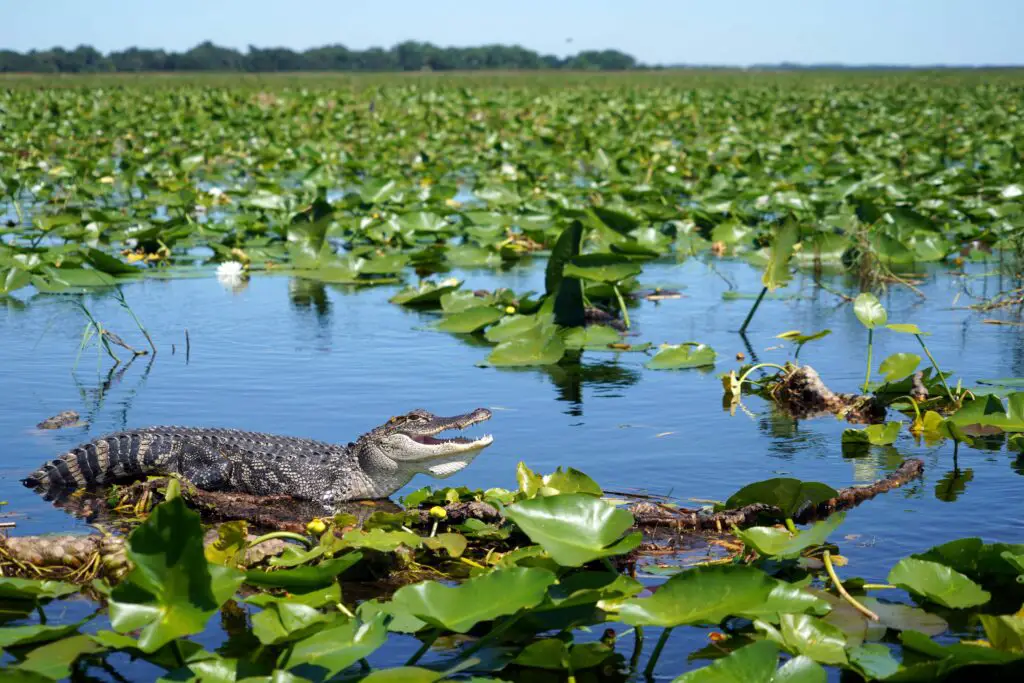
The Everglades isn’t just a swamp—it’s a massive, slow-moving river teeming with life. This subtropical wilderness is home to alligators, manatees, and the elusive Florida panther, making it one of the most unique ecosystems in the country. Taking an airboat ride through the marshes is a classic way to explore, but kayaking through the mangroves gets you even closer to nature. And if you’re into birdwatching, the park is a haven for herons, egrets, and even roseate spoonbills.
What sets the Everglades apart is its mix of adventure and tranquility. You can paddle through Ten Thousand Islands, where dolphins often play in the water. The Anhinga Trail offers an easy walk with nearly guaranteed alligator sightings. And if you visit at night, the starlit skies and nocturnal wildlife make for an eerie but incredible experience.
9. Crater Lake National Park, Oregon

Crater Lake isn’t just any lake—it’s the deepest lake in the U.S., and its intense blue color is mesmerizing. Formed by a collapsed volcano, the lake is completely fed by rain and snow, making it one of the purest bodies of water in the world. The Rim Drive circles the entire lake, offering breathtaking views from multiple angles. And if you’re up for a challenge, hiking to the top of Garfield Peak gives you an even more incredible perspective.
Swimming in Crater Lake is an experience unlike any other, but be warned—the water is ice-cold year-round. The only legal access point is Cleetwood Cove Trail, where you can take a dip or catch a boat to Wizard Island. In the winter, the park turns into a snowy wonderland, with opportunities for snowshoeing and cross-country skiing. No matter when you visit, the surreal beauty of Crater Lake will stick with you forever.
10. Arches National Park, Utah
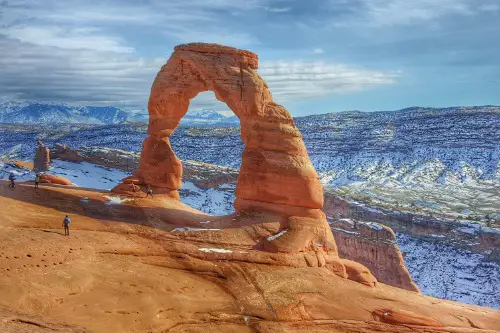
If you’ve ever wanted to feel like you’re on another planet, Arches National Park is the place to go. With over 2,000 natural stone arches scattered across the desert, the landscape looks like something out of a sci-fi movie. The Delicate Arch hike is a must-do, leading to one of the most iconic rock formations in the country. And if you visit at sunrise or sunset, the entire park glows in shades of red and gold.
But Arches isn’t just about the famous spots—it’s also packed with hidden gems. The Devil’s Garden trail takes you past multiple arches and through narrow rock fins. Fiery Furnace is a maze of twisting sandstone canyons that requires a permit or guided tour to explore. And for a quick but stunning stop, Balanced Rock is an easy walk with a view that looks straight out of a postcard.
11. Shenandoah National Park, Virginia
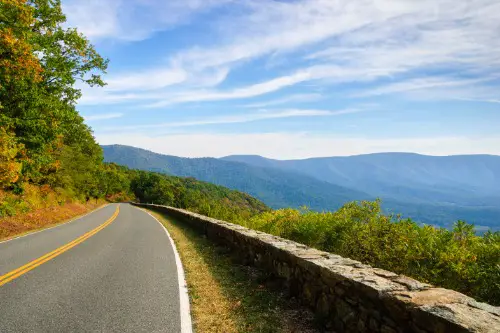
Just a short drive from Washington, D.C., Shenandoah National Park is an oasis of rolling mountains and scenic overlooks. Skyline Drive runs the length of the park, offering 105 miles of breathtaking views, especially in the fall when the leaves explode in color. Old Rag is the park’s most famous hike, featuring rock scrambles and panoramic summits. And if you prefer a more relaxed experience, Dark Hollow Falls is a short but rewarding trail leading to a beautiful waterfall.
What makes Shenandoah special is its peaceful, slower pace. Wildlife is abundant here, with black bears, deer, and wild turkeys commonly spotted along the trails. The park also has a rich history, with remnants of old Appalachian homesteads scattered throughout. And if you love stargazing, Shenandoah’s dark skies make it an excellent place to see the Milky Way.
12. Isle Royale National Park, Michigan
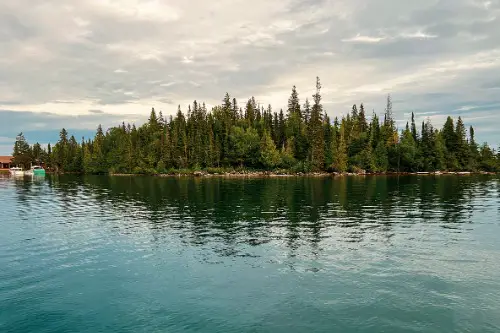
Isle Royale is one of the least-visited national parks, but that’s exactly why it’s so incredible. Located in the middle of Lake Superior, it’s only accessible by boat or seaplane, making it a true escape from the modern world. The park is known for its untouched wilderness, with dense forests, rugged shorelines, and crystal-clear waters. Backpackers come here for the challenge of the Greenstone Ridge Trail, which spans the island from end to end.
What really makes Isle Royale unique is its legendary wolf and moose population. The island is home to one of the longest-running predator-prey studies in the world, and spotting these animals in the wild is an unforgettable experience. Kayaking around the island offers an up-close look at the remote, rugged beauty. And because so few people visit, you’ll often feel like you have the entire park to yourself.


